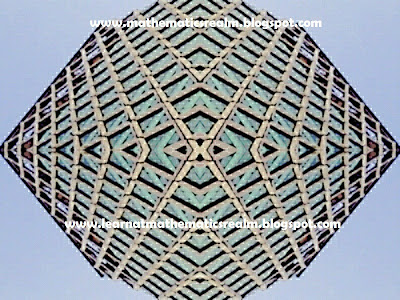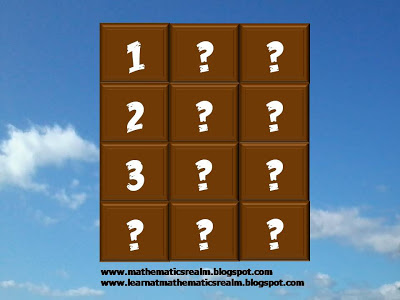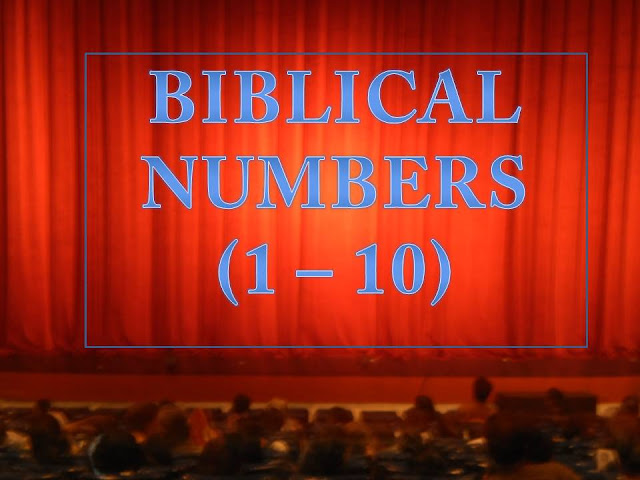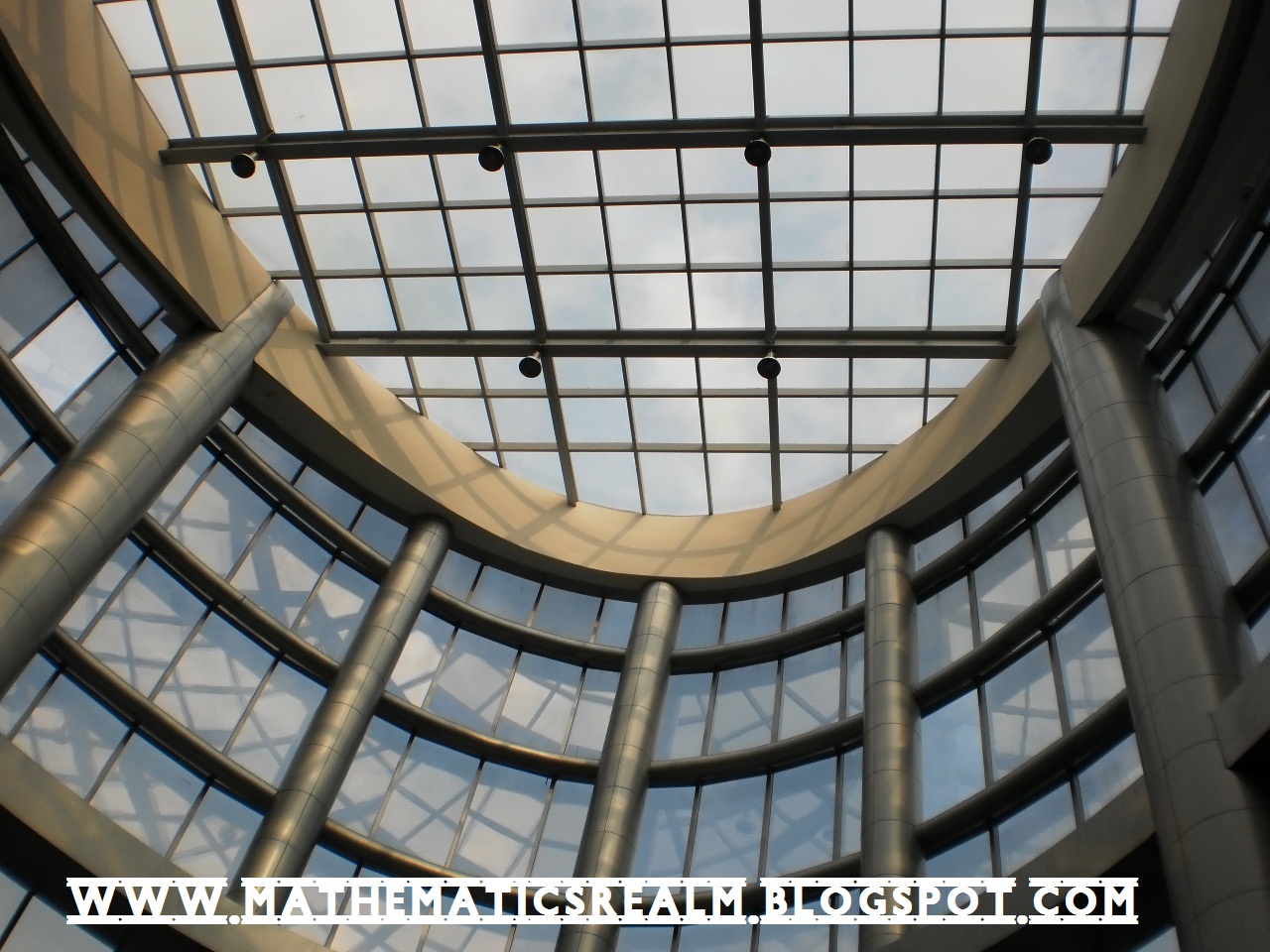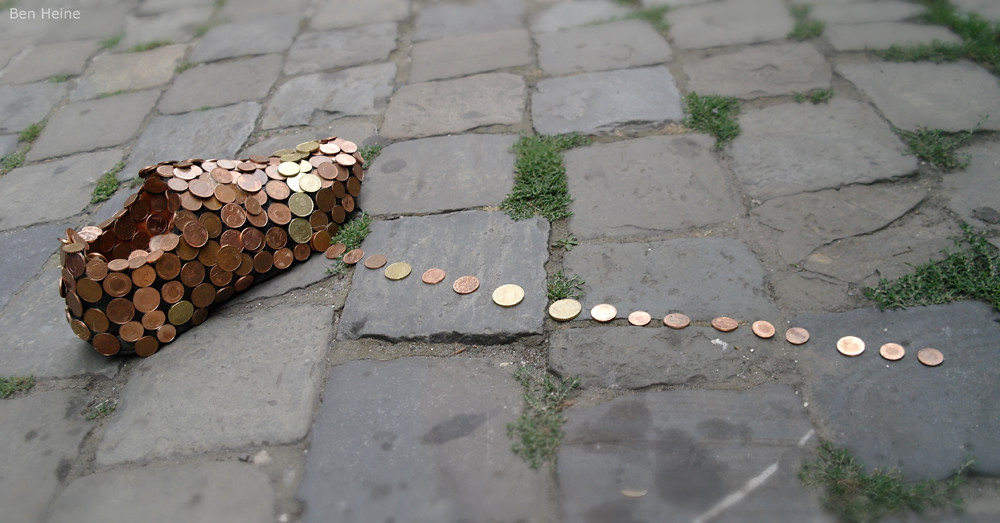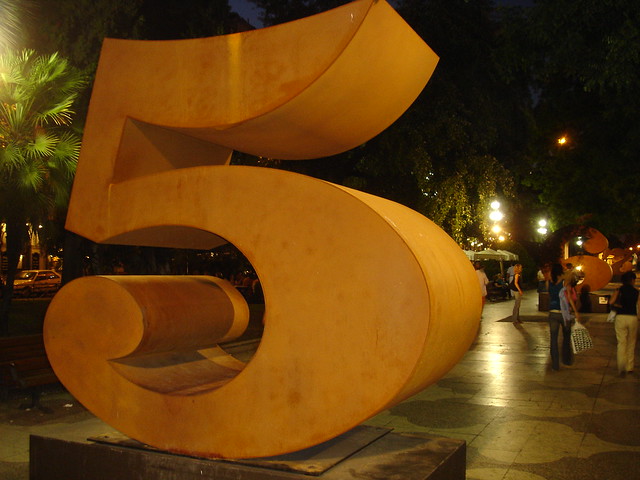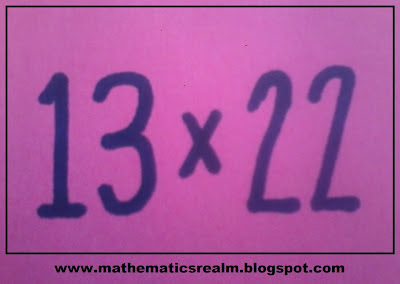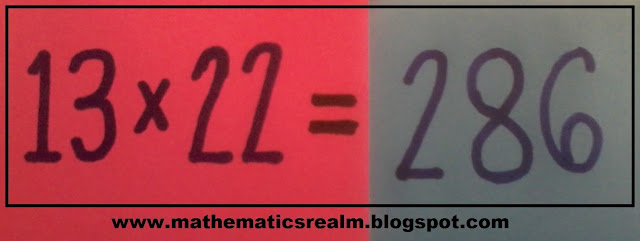Another photo depicting the use of mathematics in architecture.
Your goal is to connect the dots using 5 straight lines only.
A holiday greetings from REALM OF MATHEMATICS
This is the fourth photo depicting the beauty and use of mathematics on famous places.
This is the third photo depicting the beauty and use of mathematics on famous places.
This is the second photo depicting the beauty of mathematics in our surroundings.
This is the first of the series of photos appreciating math in the world.
This is the reality of life.
This day is the 40th anniversary of the Rubik's cube, which was first introduced in Hungary.
This is the extension of the mathematics realm blog. It contains math lessons, tutorials, downloads, etc.
A work of art depicting symmetry and transformation.
A greetings from Realm of Mathematics and Learn at Mathematics Realm!
I have already registered. COme and join us!
Another figure being formed by transformation.
A very famous quotation about math.
A very simple pattern found on the multiples of 9.
Another figure being formed from symmetrically rotated and transformed picture of a famous mall in Jakarta.
A very simple number puzzle you would definitely like. One is explained well and the other is given for you to try. Good luck!
This images are created from a symmetrically rotated and transformed picture.
This is a simple art created by using circles of different sizes and colors.
This is a simple puzzle involving a pattern of numbers. Try to decipher the pattern and find the missing numbers.
This is a simple puzzle of creating the largest possible number using the indicated numbers and symbols
This is the second part of the cube counting series. Just count the number of cubes being used in the figure.
This is an extension of the mathematics realm blog. It provides information, lessons and tutorials on specific topics from different areas of mathematics.
A simple mathematical statement that means a lot.
This are the first ten biblical numbers. What do they represent?
This is one of the most common math puzzles. It involves connecting dots using a specified number of lines and following some conditions
A math quotation to think about.
A simple problem that tests your patience and accuracy in counting.
A clock showing different expressions from different areas of mathematics
A technique in getting the product of any number and 5
These are curves approximated by the series of straight lines. You can test your creativity by forming a mathematical artwork using the curves.
These are some of the ways on how to get four equal parts in a square.
Count the number of smaller cubes in each figure.
Second part of two cases. This is the easiest way to square a number near and greater than 100.
First part of two cases. This is the easiest way to square a number near and less than 100.
The easiest way of multiplying numbers using parallel and intersecting lines.
Rearrange the coin in a reversed triangular form.
The value and limitations of money.
This is to promote for the Earth Hour 2012 on March 31, 2012. Read more for details...
A math inequality problem leading to the word i love you!.
A problem about the missing coin used in daily activities.
A puzzle is about cats catching mice in a day.
See the beauty and use of circles in different artworks. Can you guess who are in the images?
This is the list of significant events in the Bible that have been done in 40 days.
This will test your knowledge about basic concepts in mathematics, specifically on decimals and integers.
Notable dates that makes year 2011 amazing and special.
A simple conversation of a couple integrating math in the talk.
This is the fastest and easiest way to multiply numbers by 11.
This is the easiest way to square a number ending in 5.You can actually do this in seconds only!
Comparison between the definition of parallel lines in Euclidean Geometry and in Non-Euclidean Geometry.
Aside from the usual form of mazes that we know, there are mazes that are computer generated, which also resemble some common objects or people.
This uses body parts to easily remember the exact number of days for every month of the year.
A basic computation that can easily determine the distance of a storm from your location.
A mathematical connection on the words that can be found in the Bible.

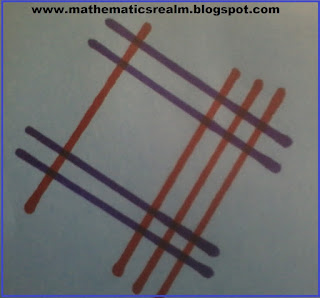



.jpg)
.jpg)
small.jpg)


.jpg)
.jpg)





